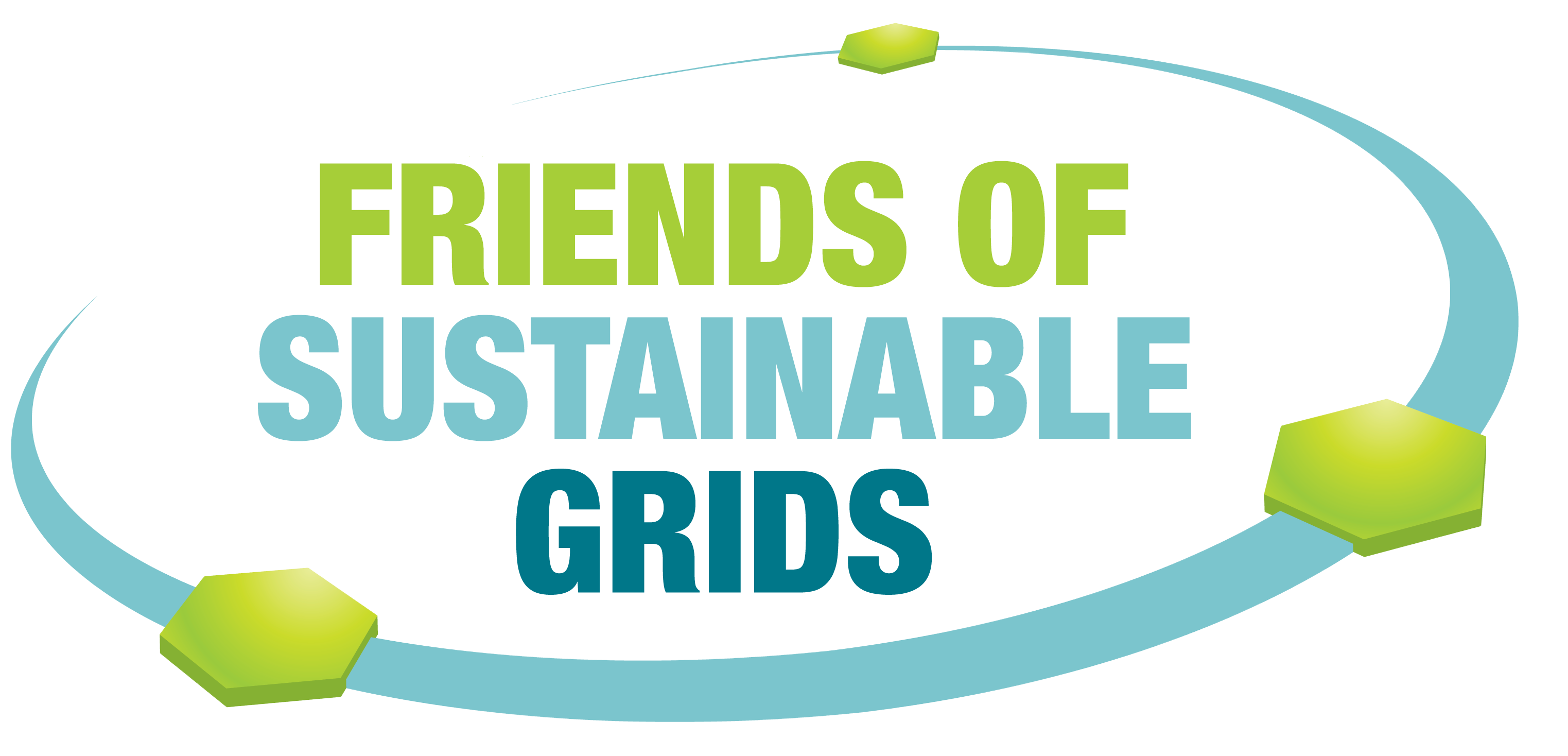Latest industry assessment shows significant development in long-distance transmission. Technology advances either on par or ahead of predicted curve.
Releasing the 3rd update of their Roadmap to the Supergrid Technologies the Friends of the Supergrid, a European industrial initiative employing more than 1.100.000 people globally, has confirmed that regulatory and not technical barriers are blocking the creation of a single electricity market across Europe.
The Report, which confirms that there are no insurmountable technological ’hurdles‘to the creation of a pan-European transmission network, is published to coincide with the final discussions between EU Member States on the 2030 Climate and Energy package.
Ana Aguado, CEO of FOSG said: “This Report makes clear that the benefits to European consumers from a single electricity market will only be delivered if policymakers clear the regulatory barriers that currently block the building of a meshed grid network linking member states. We need a network, not a patchwork, if we are to deliver the full benefits of Europe’s transition to a low carbon economy. Technology is not a barrier, and it is already being used in other parts of the world to create networks of low carbon power, while Europe continues to sit in the slow lane.”
Since the first edition of the FOSG Roadmap published in 2012, the development of Supergrid technology has shown significant progress. The predicted advances in technologies towards high-voltage direct current (HVDC) voltage source converters (VSC) and HVDC cable system technologies are on par with or ahead of the first technology roadmap scenarios.
The underlying technology, VSC-HVDC transmission, has matured significantly since the first project was introduced 15 years ago. The benefits can also be seen in the increasing number of large-scale HVDC projects in operation, construction and planning, not just in Europe.
A HVDC-based pan-continental Supergrid would be built in phases and be combined with the present network based on alternating current. Transmission and Independent System Operators can already plan for future network development based on the likely availability of key VSC grid technologies such as control and protection methods, main circuit design, grid master control, off-shore operation experience and selective fault clearance techniques, such as DC breakers. This should give confidence to specify grid-enabled point-to-point connections that could be expanded to multi-terminal schemes, which will be the building blocks for a larger overlaid Supergrid.
Technology will not be the bottleneck in the development of the new European transmission network. The critical time-line for introduction of new technology lies primarily in the solution of non-technical issues such as harmonization of grid codes, regulatory procedures and revenue models that will create a strong market growth and technology push.
The EU, working through initiatives like the Connecting Europe Fund, must shorten the current lead time for grid infrastructure, so that a properly functioning single market, underpinned by a HVDC network, can be in place by the end of the decade.
The report will be launched at the FOSG, Climate Parliament and Dii event on 25 June 2014 during EUSEW on Supergrid for Europe and the neighbouring countries.
Full report available at: http://supergrid.brussels/roadmap-to-the-supergrid-technologies-revision-2014/
 Friends of Sustainable Grids
Friends of Sustainable Grids